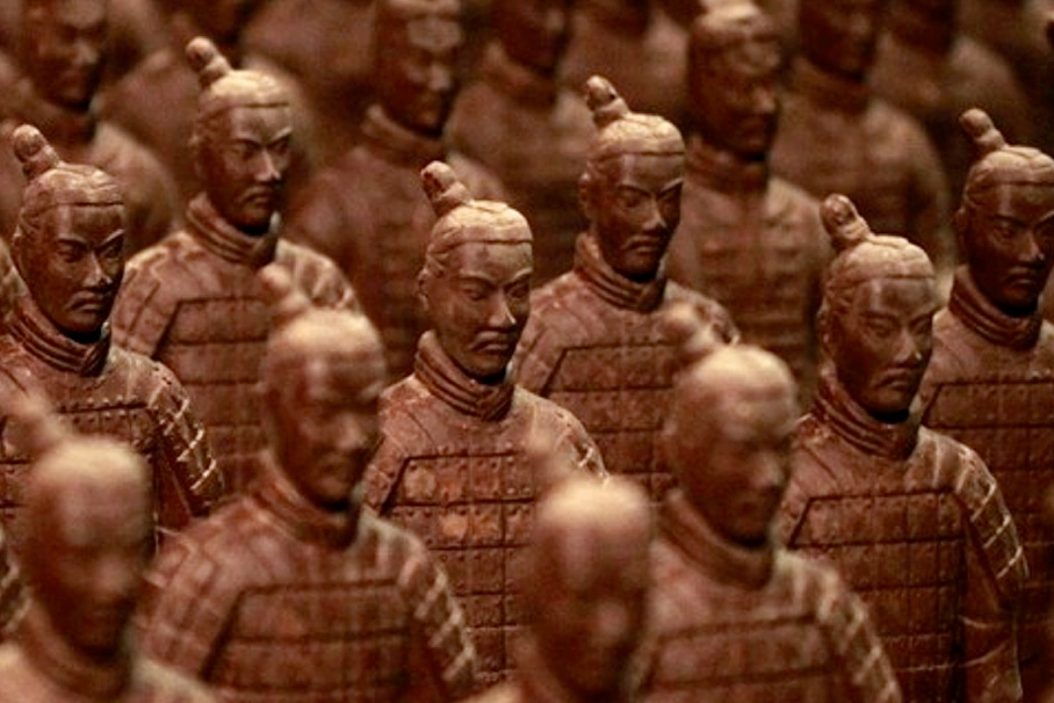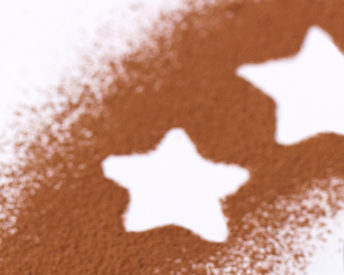International news | Amazing stories from the world of chocolate
Myths, legends and incredible facts - Part 4
Text:
Katharina Kuhlmann
Photography:
HuffingtonPost
10 January 2019

It is time to munch through the world of bizarre chocolate tales once again. In our series known as “Amazing stories from the world of chocolate”, we have already presented all kinds of crazy and unbelievable facts from the world of chocolate – myths, rare ingredients, hilarious records, innovations and lots more. Today we are looking at bizarre stories about chocolate from across the world. What is the situation like in other countries? Is chocolate as popular there as it is here? Does it come in different shapes? Do some countries insist on adapting it in some way? And what has the Nobel Prize got to do with chocolate?
A theme park for Chinese choco-grumpies
China is not a traditional market for selling chocolate. The western treat does have its fans in the Far East, but in a country with a population that is around 94% lactose-intolerant, milk chocolate and other products of the same kind are something of a niche. Maybe there is nothing to be done here. Wrong. Some resourceful folk have had a great idea: the World Chocolate Wonderland in Beijing – the first chocolate theme park in the world. It first opened its gates in 2010 and is open each year between January and April (it would simply melt during the rest of the year). There are truly amazing sights to marvel at here. Chinese national treasures are presented to visitors in three air-conditioned halls. Only not as you know them – these national treasures are all made of chocolate. From a 12-metre-long chocolate Wall of China to the Terracotta Army – prepare to be amazed! The Chinese love of technology has also been addressed with exhibits including a chocolate BMW car. It weighs a mighty two tons. Whether this will increase chocolate consumption amongst the Chinese remains to be seen.
The “non-melting” chocolate for the Tropics
Our next detour takes us to some of the hottest countries on earth. Chocolate melts at body temperature; some varieties even melt at just 23 ºC. This, along with the great problem of poverty, is one of the reasons why many cocoa farmers have no idea what chocolate actually tastes like. After all, it is generally produced in Europe and North America. In tropical temperatures it would simply melt if it were not immediately refrigerated. Enough of this nonsense, thought one co-operative of cocoa farmers in the African country of Togo. They developed the heat-resistant chocolate variety known as “Choco Togo”. This chocolate doesn’t begin to melt until it reaches 35 ºC! The cocoa beans, which are farmed organically, are turned into Choco Togo by around 40 women in the capital Lomé. The bars, which have a cocoa content of 60 to 100%, are available in pure, peanut, ginger and coconut versions. The “tropical chocolate” has been very well-received abroad – maybe the Chinese should consider using Choco Togo to build their park – then it could stay open all-year-round…
Brain + chocolate = Nobel Prize?!
Sometimes statistics are very strange: they can reveal correlations that make no sense at all. One such example that is of relevance to our international, chocolatey story, comes from the Swiss Franz Messerli – a lecturer and researcher at New York’s Columbia University. He discovered a striking relationship between per capita consumption of chocolate and the frequency that the Nobel Prize is awarded to people in a specific country. Messerli’s article in the reputable New England Journal of Medicine was written with a wry smile, but he was being serious when he revealed the correlations based on the 23 countries studied. His homeland Switzerland is the leading country in terms of chocolate consumption and Nobel Prize winners. Messerli’s daring thesis states that the flavonoids in cocoa stimulate the cognitive performance of humans. Okay. But that isn’t the strangest thing about all of this. The study refers to humans as a statistical average of the overall population. In other words, the findings are based on the average consumption by a Swiss person or a German, for example. No one knows the actual chocolate consumption of the real Nobel Prize winners. It is all slightly mad. The suppositions themselves are also quite astounding. For example, the study claims that every US American needs to eat around 400 grams more chocolate per year to ensure that the country wins an extra Nobel Prize a year. Crazy!
Verwandte Artikel
The Chocolate Journal




